Baseus made the thinnest magnetic power bank, and it’s unbelievably good
Baseus is slowly but steadily building momentum globally — the brand makes some of my favorite charging accessories. I use its retractable 100W USB-C cable to charge my daily driver, and it’s the only cable I have on my desk. The Blade 2 is a sleek power bank with good charging potential, and the new Nomos charging station is an easy recommendation thanks to its integrated Qi 2 charging pad.
While Baseus is no stranger to power banks, its latest are easily its best yet. The PicoGo Magnetic series is aimed at travel, and it contains the thinnest power banks I’ve used yet. Baseus has two models available; a 5,000mAh power bank that’s just 7.6mm thick, and a 10,000mAh model. The 5,000mAh power bank costs just $26 on Amazon, and it’s understandable why it is one of the best-selling power banks on the retailer over the last few months.
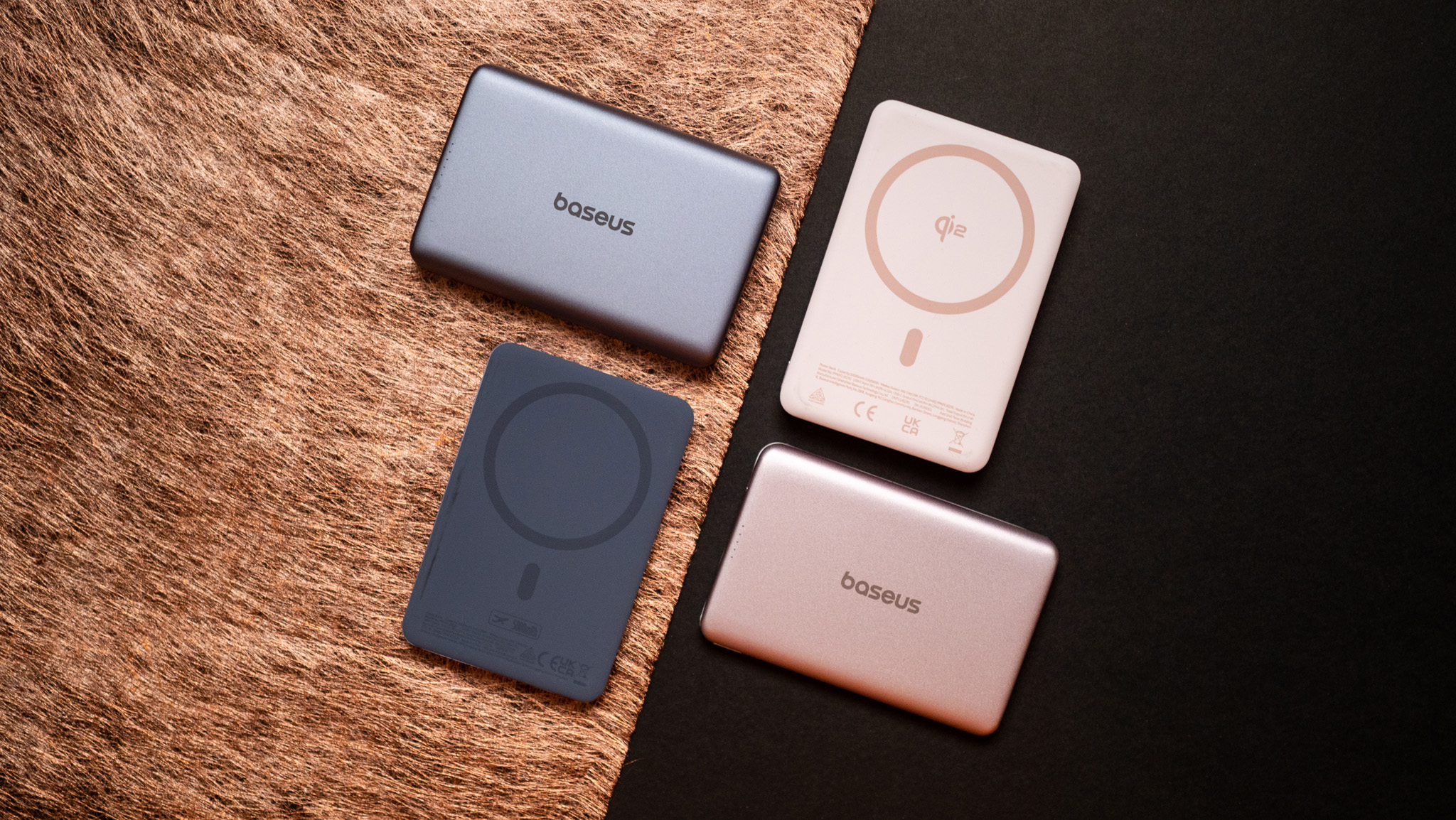
The 10,000mAh model is even more interesting, and it comes in at $39 on Amazon. Both power banks have magnetic connectors as standard, and the 10,000mAh model gets Qi 2 integration, giving it an edge in this regard. I’ve been using both the 5,000mAh and 10,000mAh PicoGo power banks over the course of the last two months, and I like them so much that they’re now my go-to choice in everyday use.
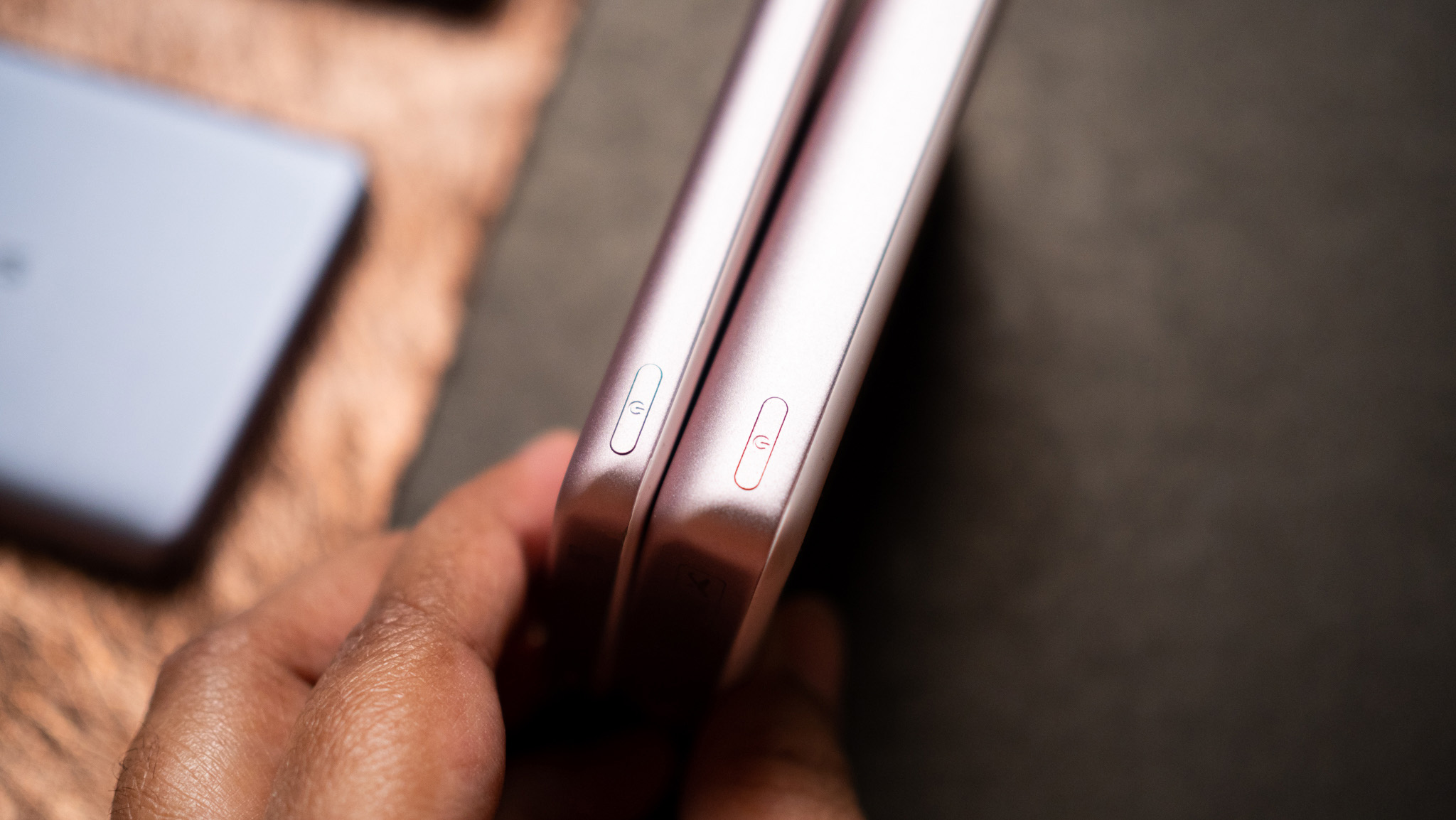
Let’s start with the 5,000mAh PicoGo, as its ultra-thin design allows it to be portable like no other power bank. It’s thinner than most phones, and at 107g, it is the lightest power bank I used. Baseus sent the grey and pink models, and both designs have aluminum shells that are built to last.
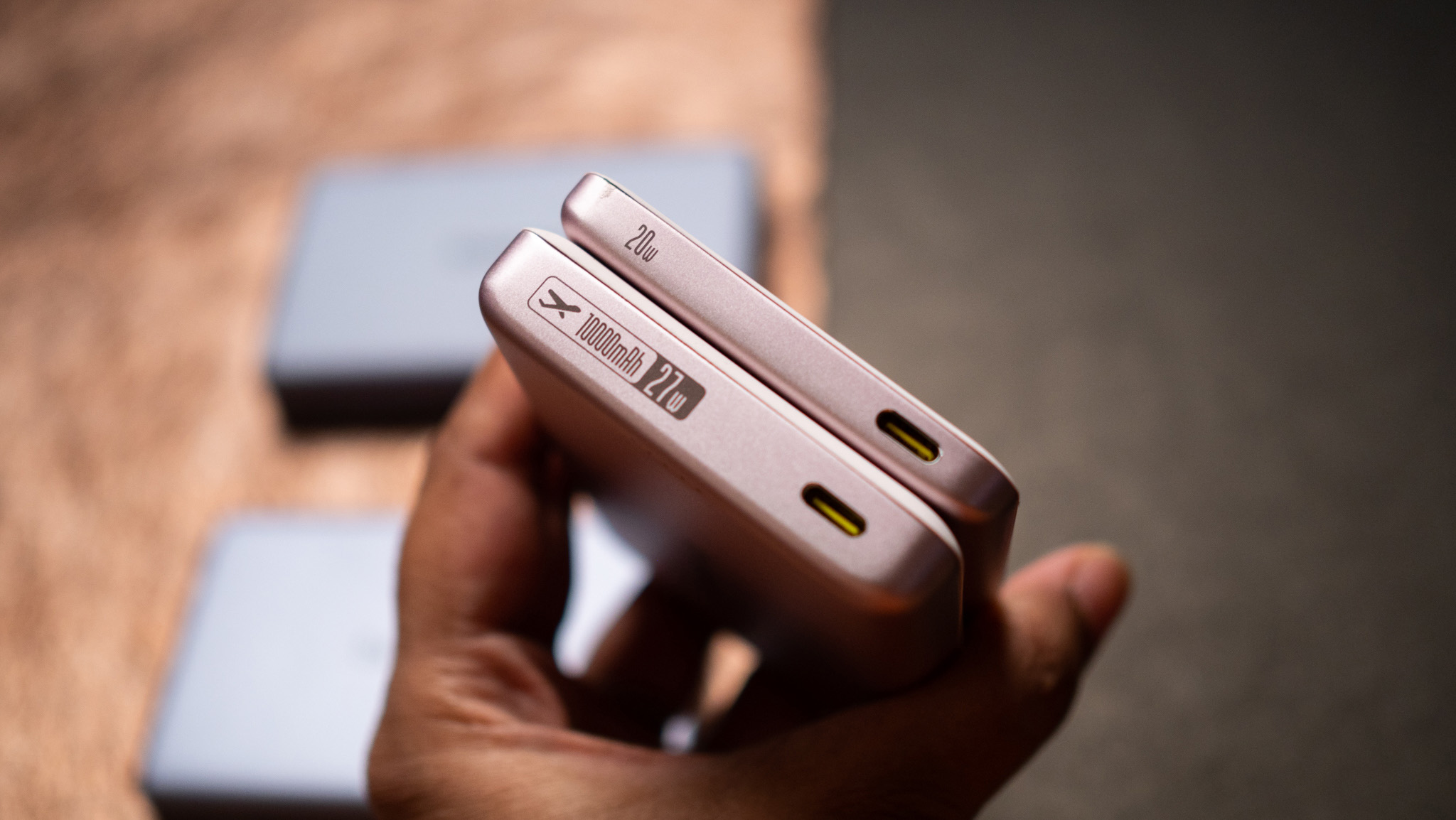
The design is elegant thanks to smoothly curved sides, and the power bank has strong magnets. It had no issues staying connected to my iPhone 16 Pro Max, and even wiggling the phone vigorously didn’t dislodge the power bank. There’s an LED indicator at the back that shows remaining battery level, and you get a USB-C port at the bottom that lets you charge a secondary device.
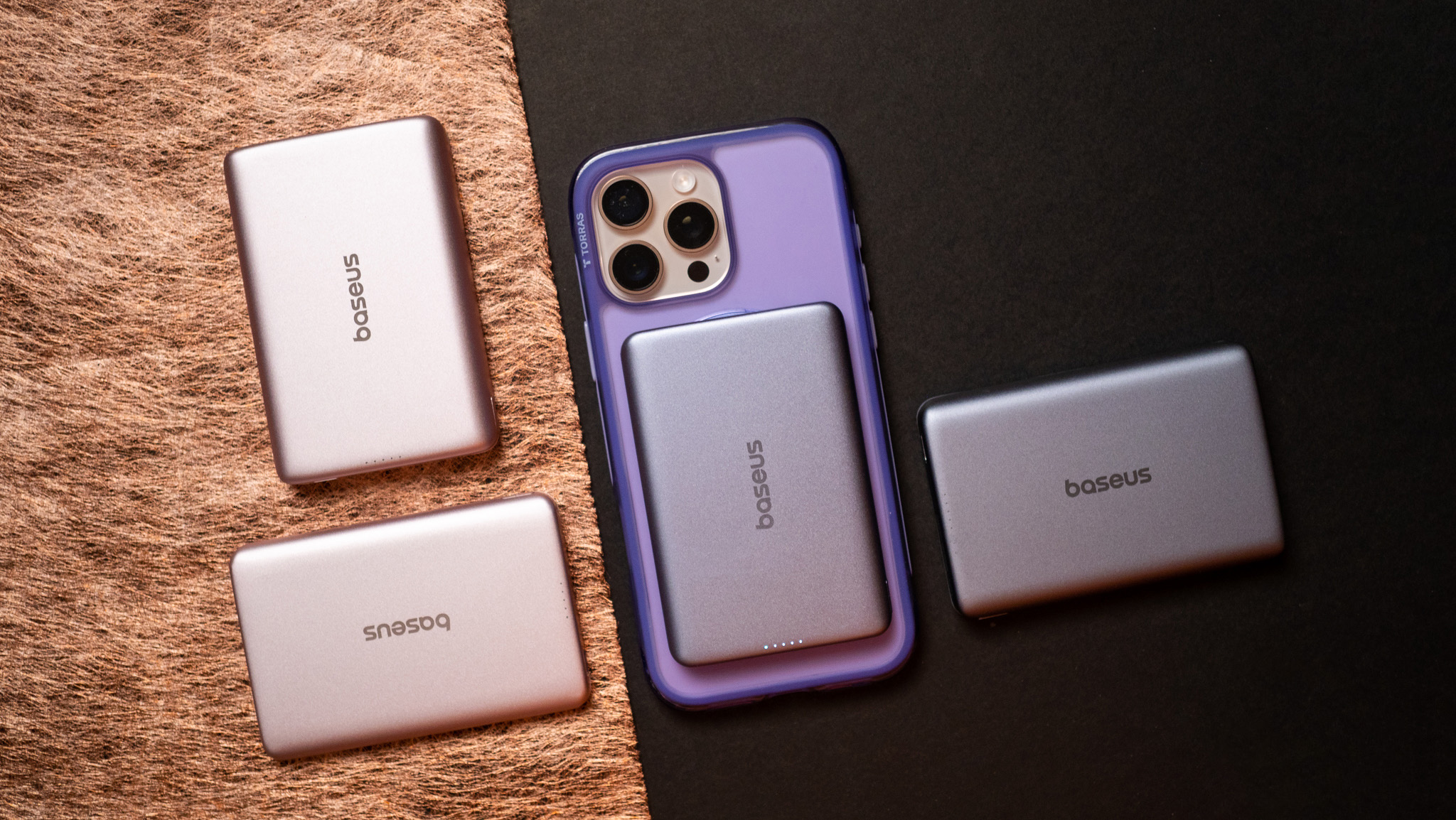
It charges at 15W via MagSafe and 20W with the USB-C port, but as the power budget is 20W, that’s what you get in total when charging two devices simultaneously. And because of the energy transfer, you get about 2,800mAh of usable power out of the 5,000mAh model — that’s in line with every other power bank I tested recently.
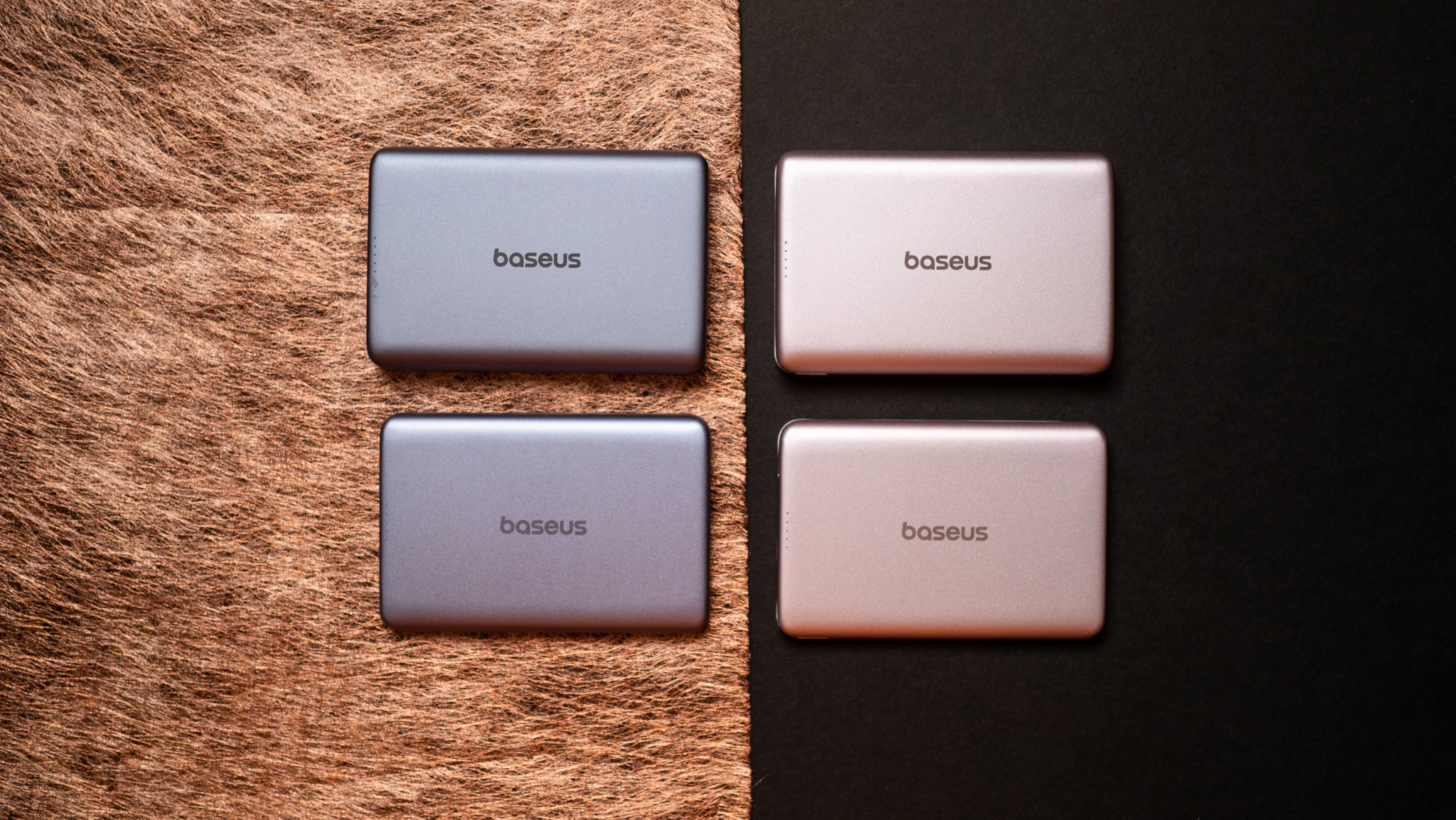
While the 5,000mAh model isn’t enough to charge an Android phone fully — it managed to deliver up to 50% to my Vivo X200 Pro — it is a great choice if you’re out and about and need a sleek power bank that doesn’t add much heft or bulk to your phone. Combine that with the great design and build quality, and attractive color options, and it is about as straightforward a recommendation as I can make with any charging tech.
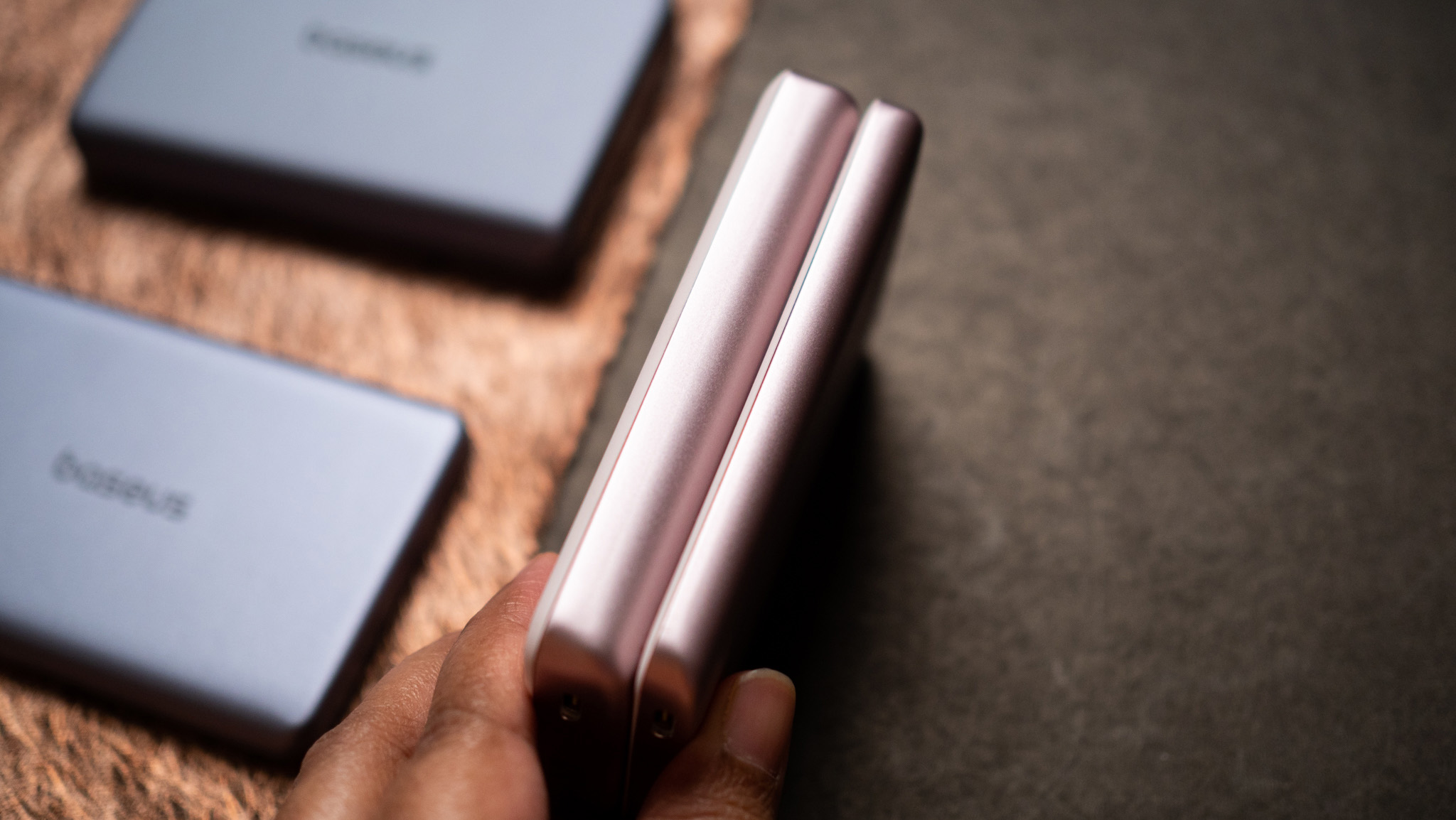
If you need more power, then the PicoGo 10,000mAh model is a better choice. It has the same design as its smaller sibling, but it’s thicker at 12.7mm, and weighs 221g. It’s still a manageable heft and size, and the added bonus is that you get Qi 2 charging, going up to 15W. The 10,000mAh model has the same great set of magnets, and although it is heavier, it manages to stay attached to any phone with a magnetic case.
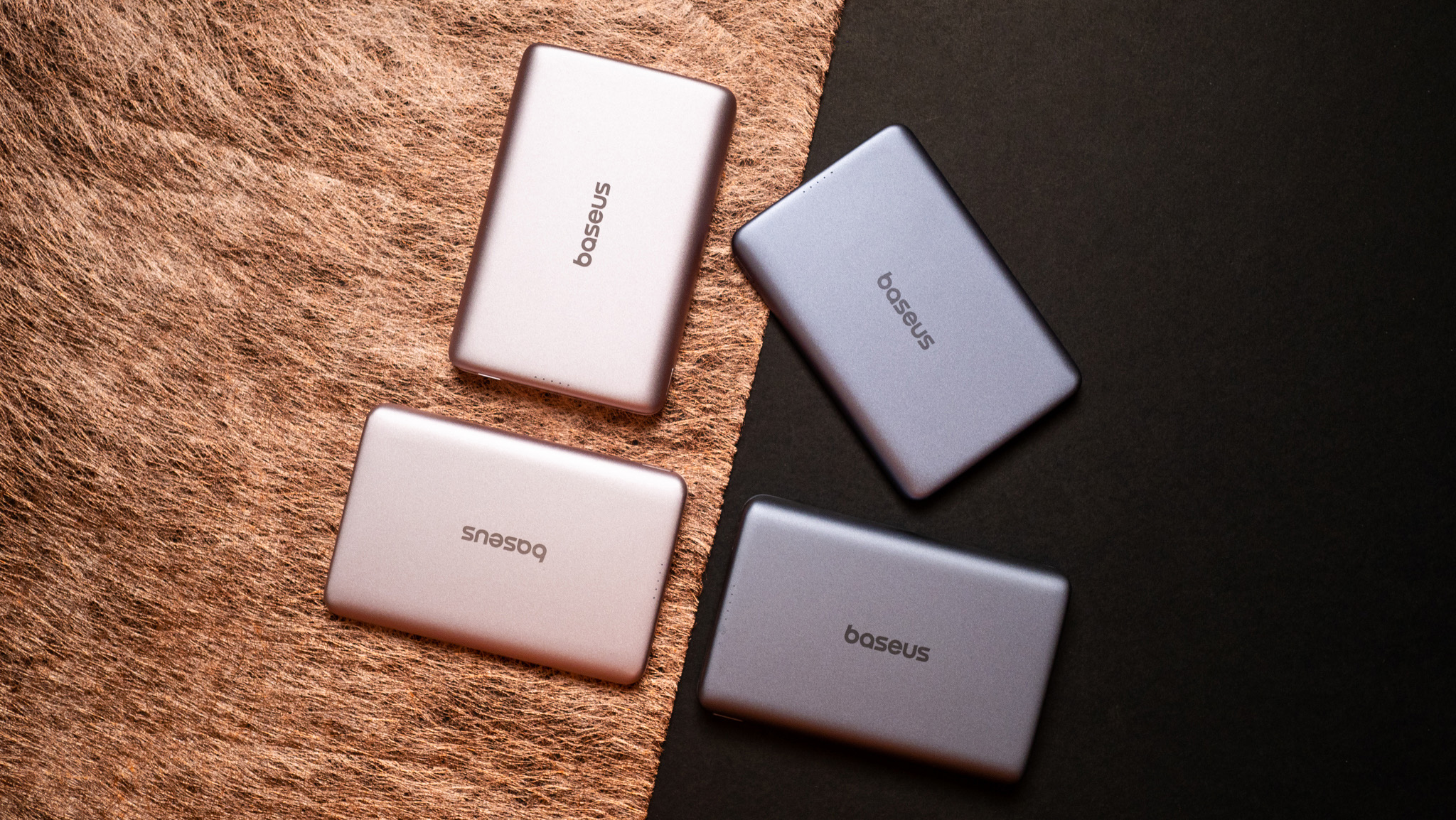
It has the same design, you can pick it up in the same color options, and it also gets a USB-C port, this time going up to 27W over the PD standard. The only difference between the two models is that the 10,000mAh variant gets Qi 2, and it has double the battery size.
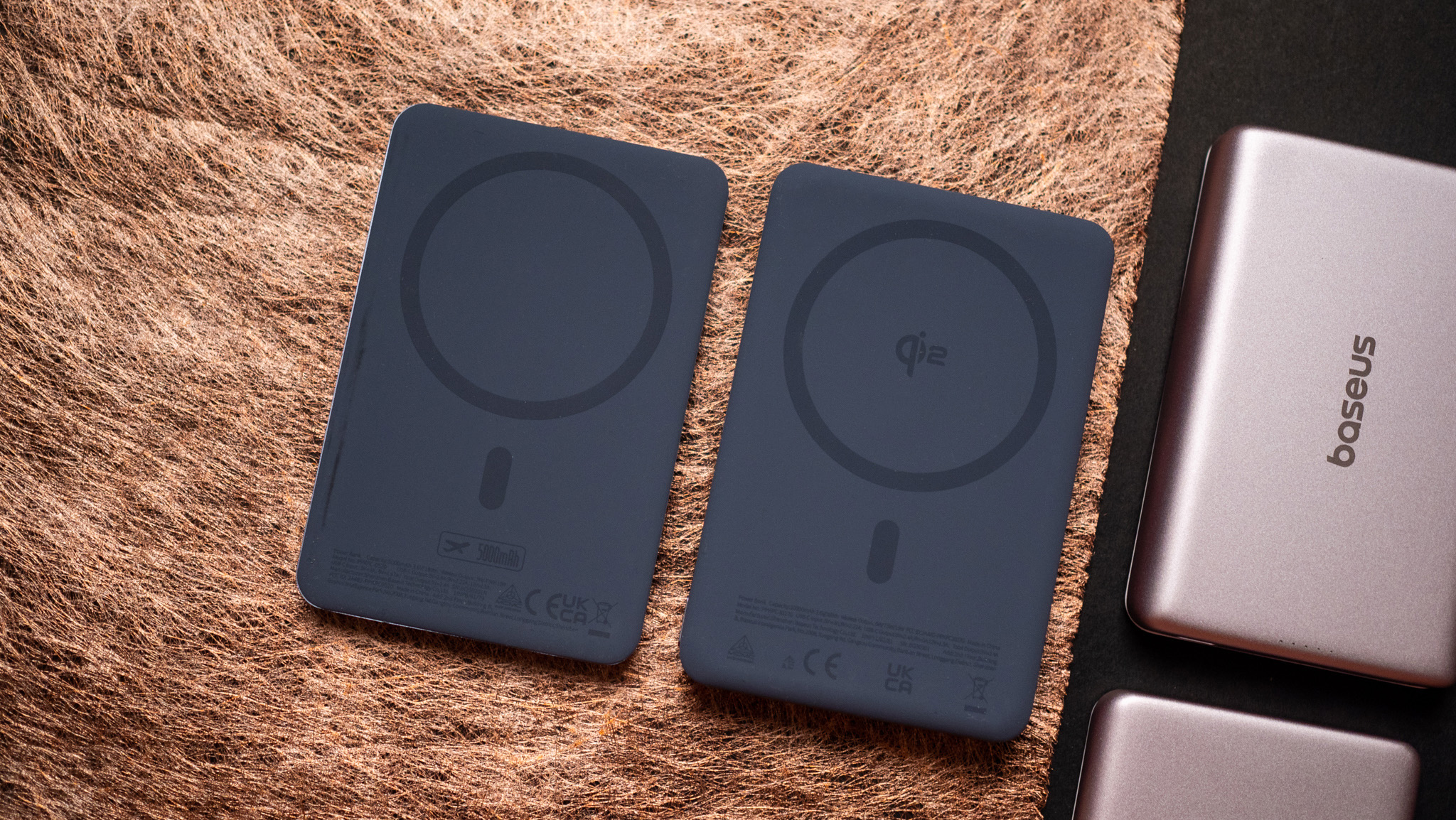
It even has a similar charging efficiency, so you’ll get around 5,600mAh to 5,700mAh of usable power — more than enough to charge most phones fully. While I tend to use bigger power banks, I found the 5,000mAh model to be better-suited to my needs, and even though it doesn’t have enough power to fully charge a phone, it gets most devices to at least 60%, and that’s enough to last a good chunk of the day.
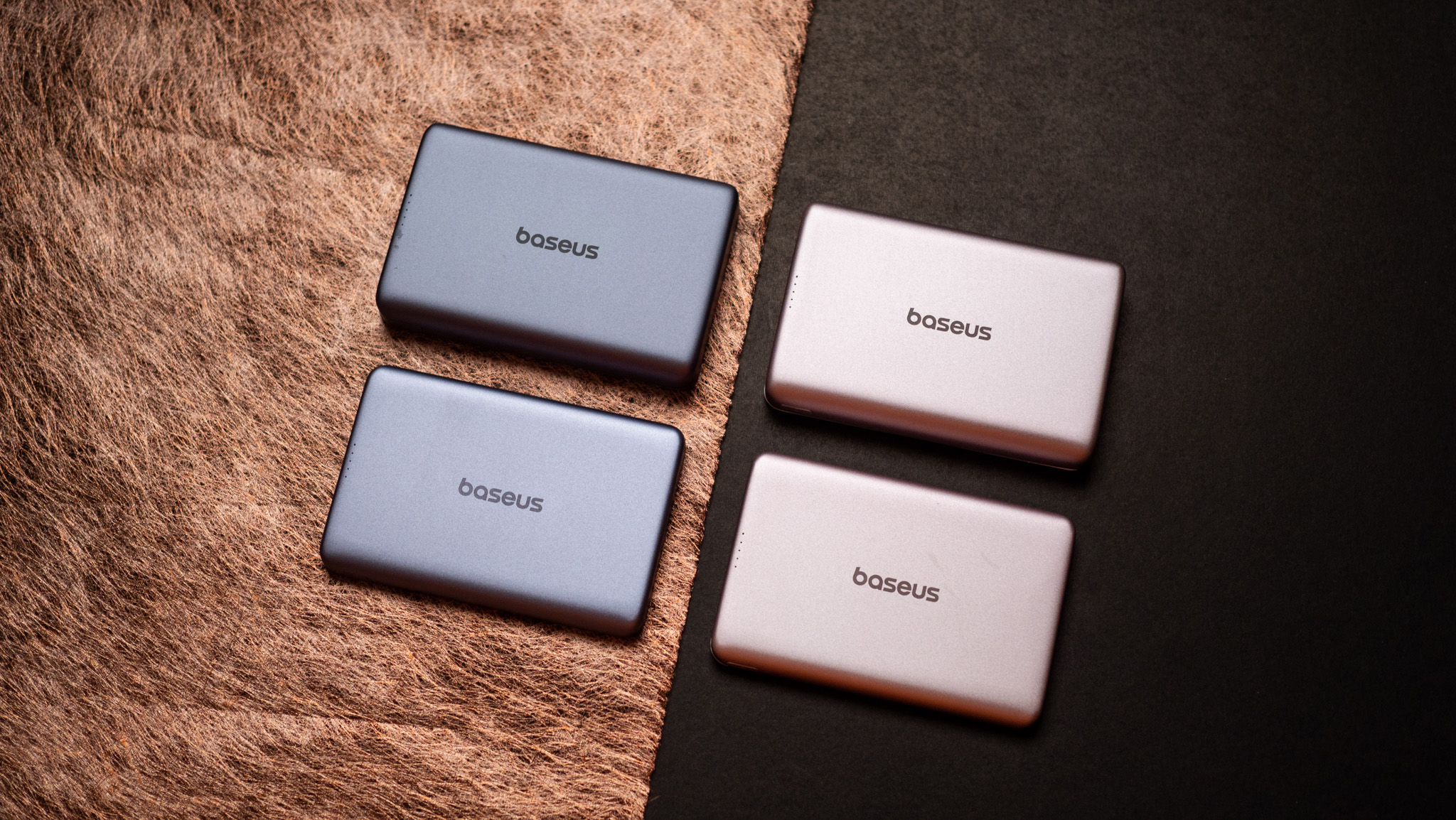
Given the ultra-thin design and lightweight body, I’d suggest getting the 5,000mAh model; it’s just convenient to be able to charge your phone if it’s running low. And if you need Qi 2, the 10,000mAh PicoGo is a good option to consider. Basically, these are the two best power banks around if you need a thin-and-light design and reliable power delivery.
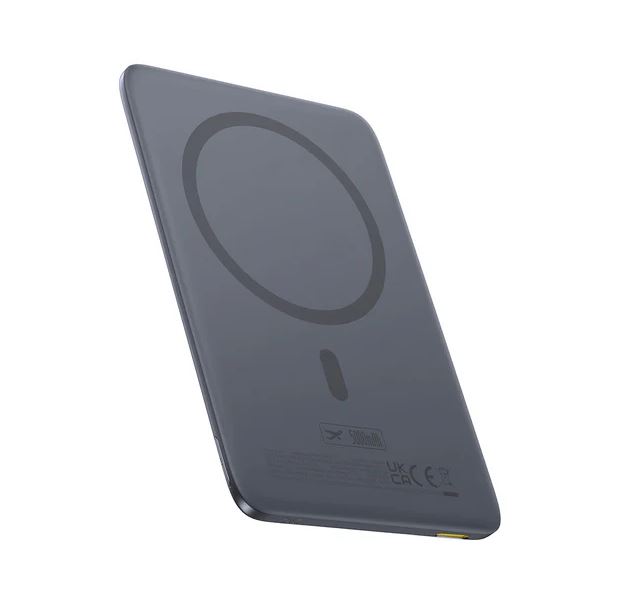
Baseus PicoGo 5,000mAh Magnetic Power Bank
The PicoGo 5,000mAh Magnetic Power Bank is the thinnest power bank I’ve used, and it is the ideal choice if you need to charge your phone on the go.
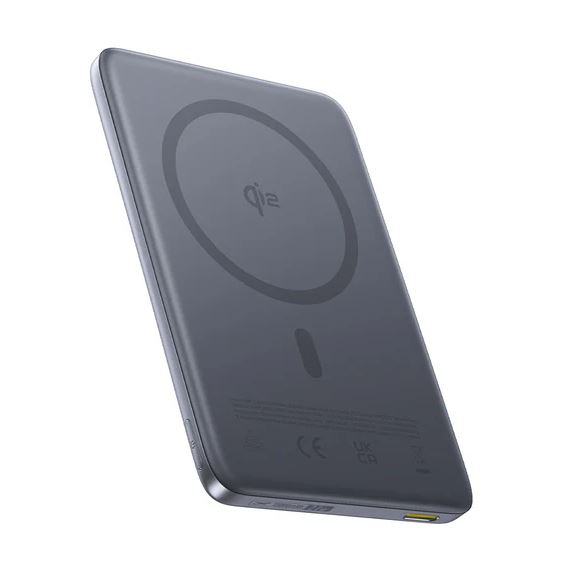
Baseus PicoGo 10,000mAh Magnetic Power Bank
Thanks to Qi 2 integration and a bigger battery, the PicoGo 10,000mAh Magnetic Power Bank delivers all the power you need while still retaining a thin design.

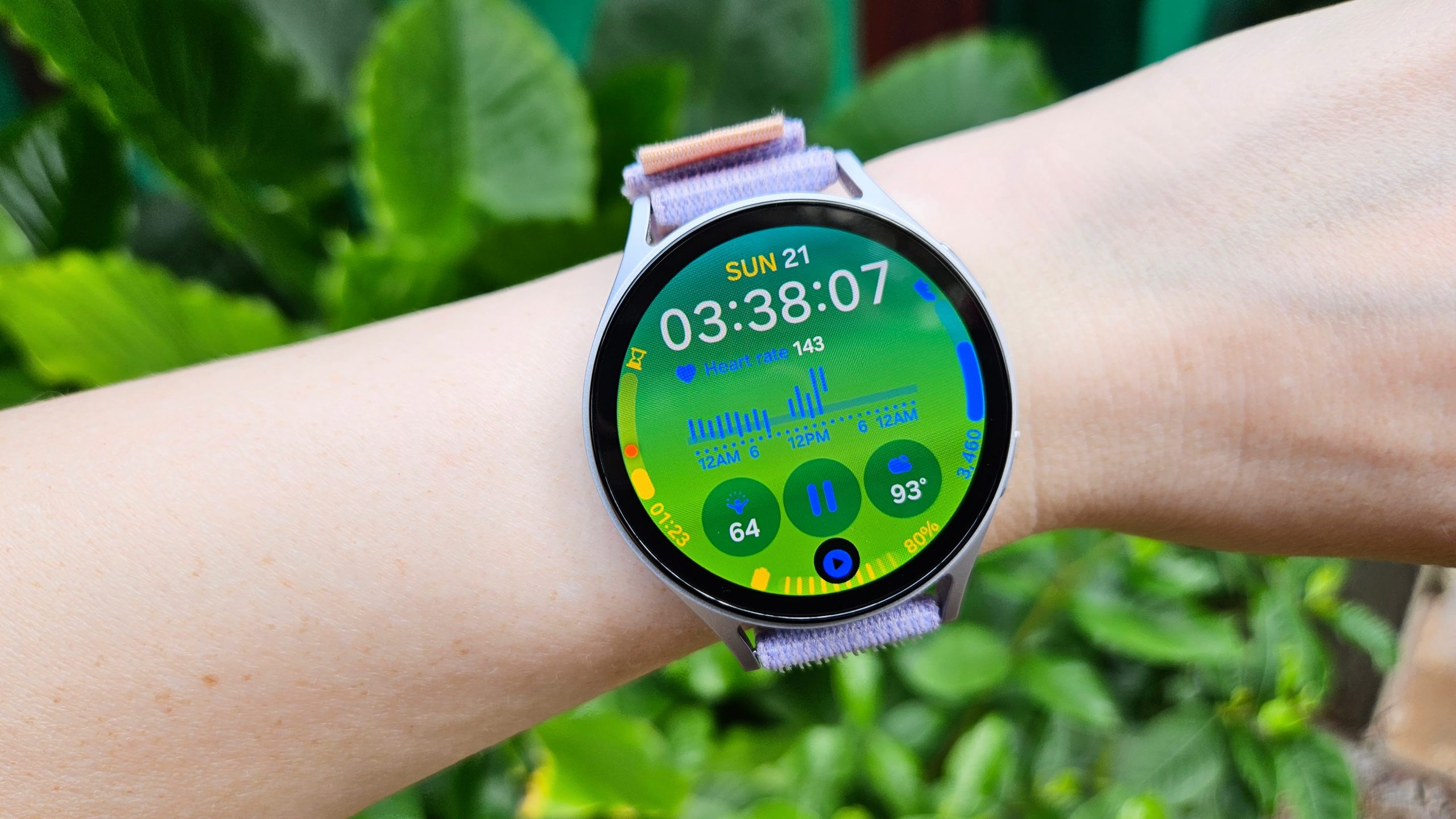
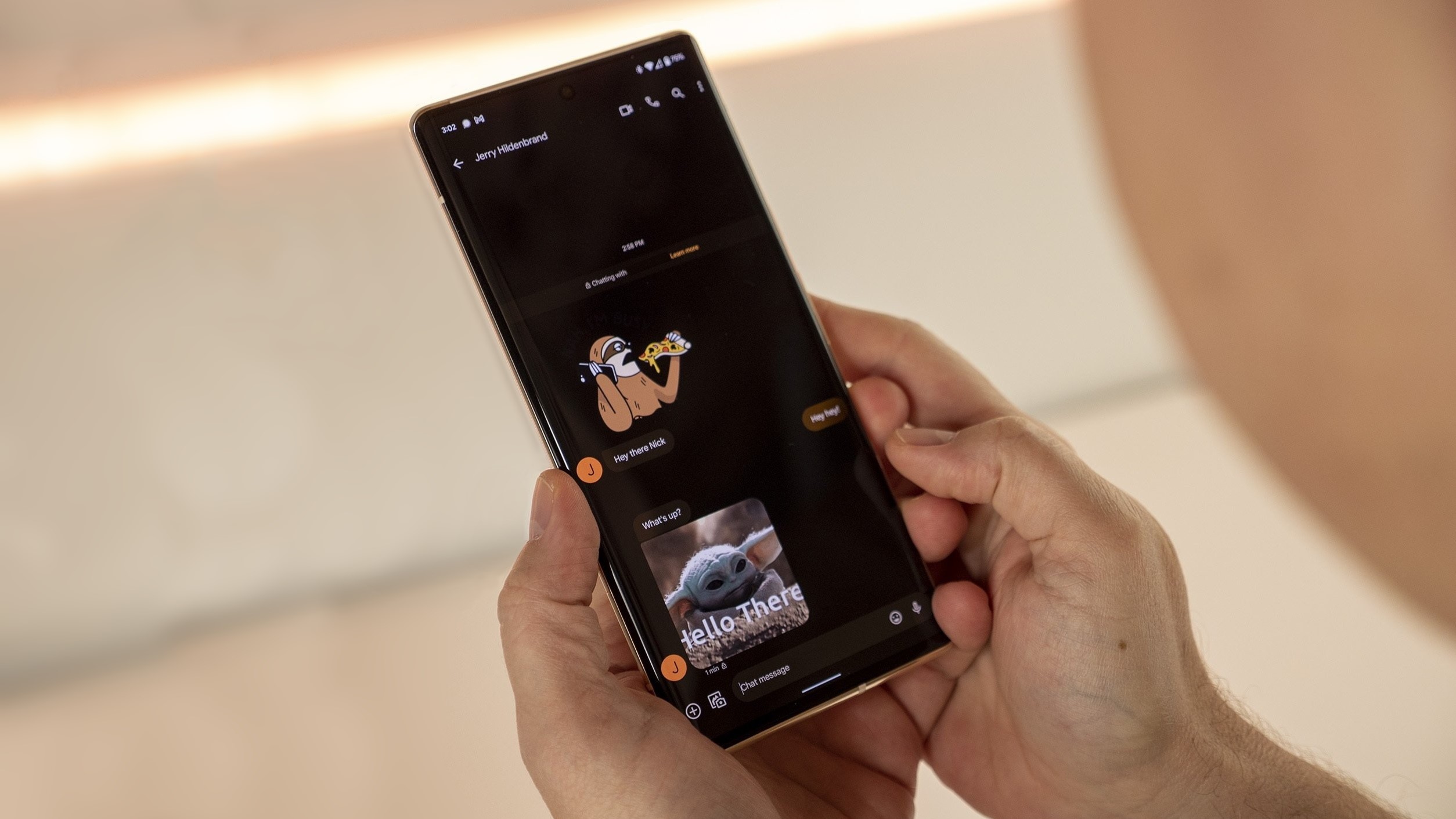
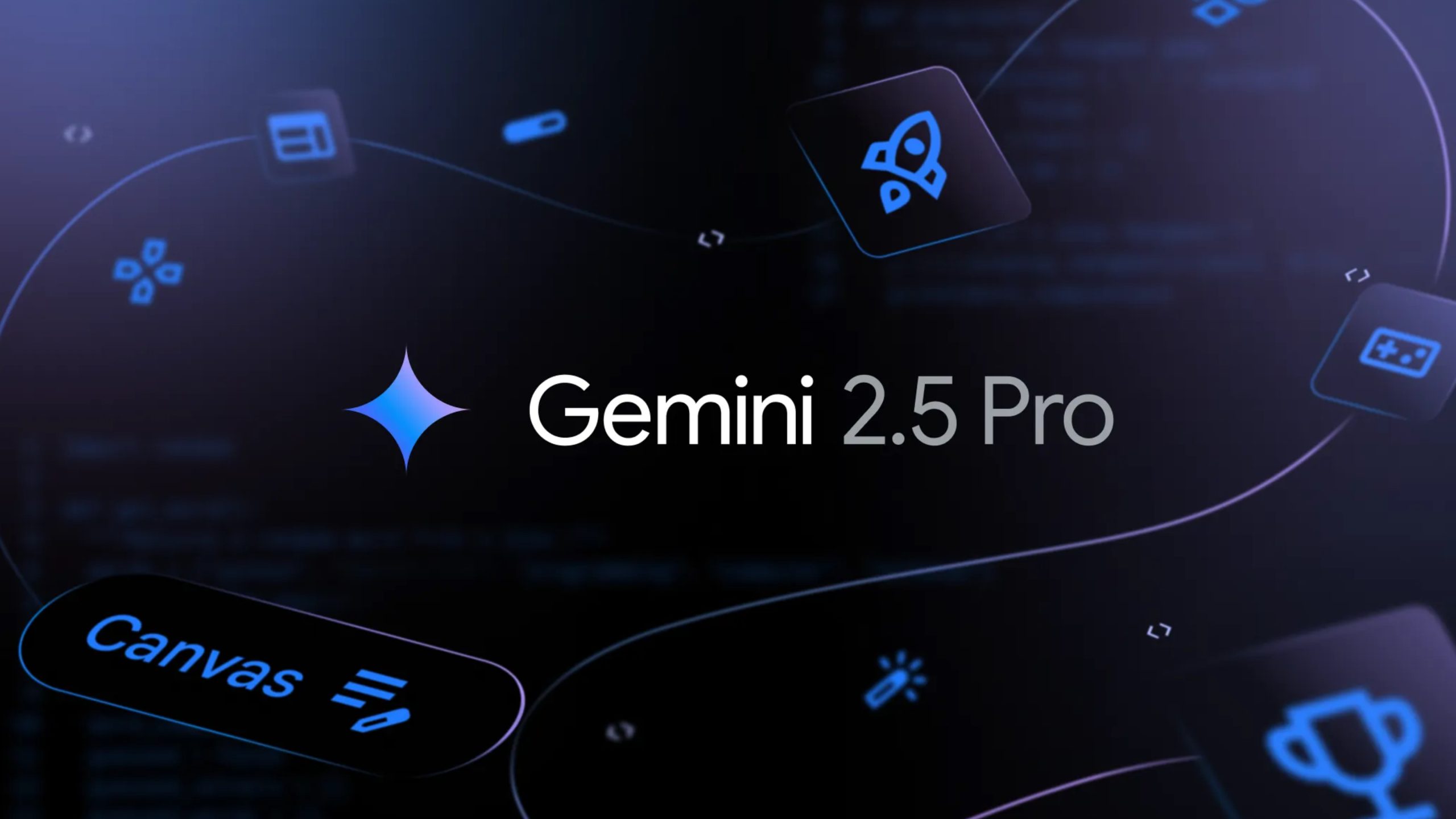
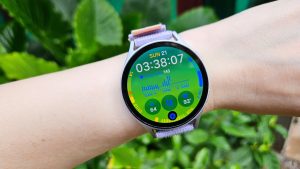
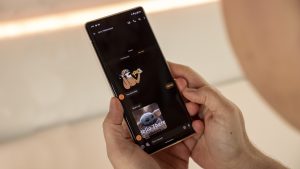

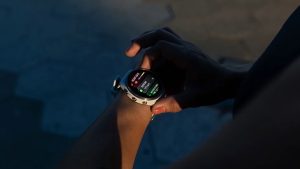
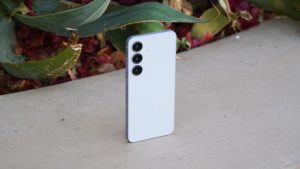
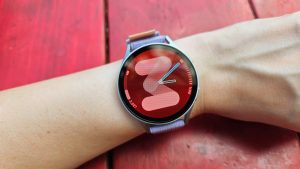


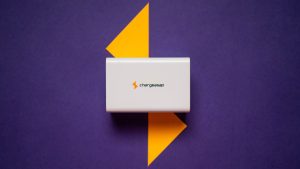
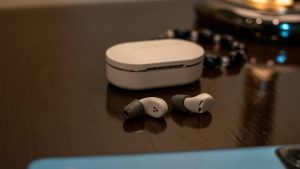
Post Comment